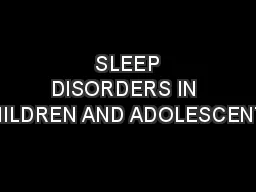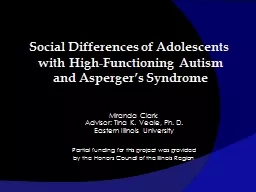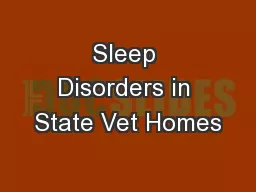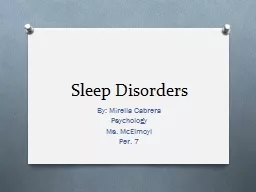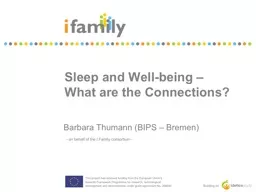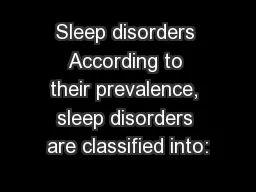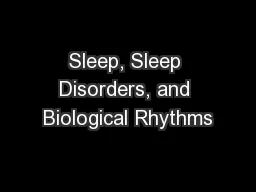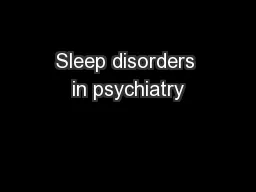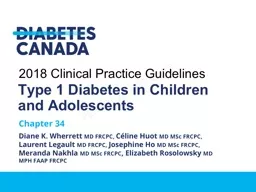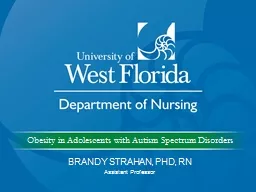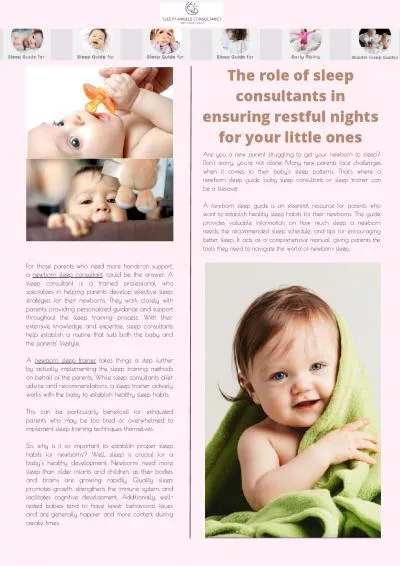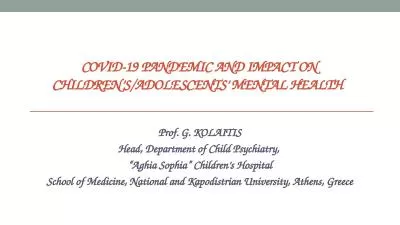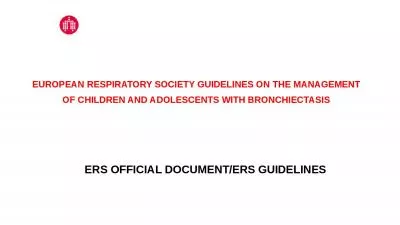PPT-SLEEP DISORDERS IN CHILDREN AND ADOLESCENTS
Author : karlyn-bohler | Published Date : 2020-04-03
Rebecca Cho MD O B J E C T I V E S Review of sleep architecture and physiology through life stages Exploration of pediatric sleep disorders and comorbidities Potential
Presentation Embed Code
Download Presentation
Download Presentation The PPT/PDF document " SLEEP DISORDERS IN CHILDREN AND ADOLESC..." is the property of its rightful owner. Permission is granted to download and print the materials on this website for personal, non-commercial use only, and to display it on your personal computer provided you do not modify the materials and that you retain all copyright notices contained in the materials. By downloading content from our website, you accept the terms of this agreement.
SLEEP DISORDERS IN CHILDREN AND ADOLESCENTS: Transcript
Download Rules Of Document
" SLEEP DISORDERS IN CHILDREN AND ADOLESCENTS"The content belongs to its owner. You may download and print it for personal use, without modification, and keep all copyright notices. By downloading, you agree to these terms.
Related Documents

